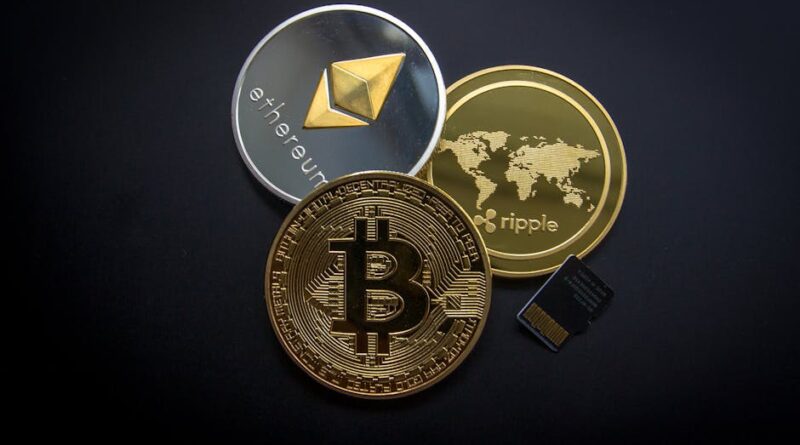The Evolution of Blockchain Applications
Have you ever wondered how blockchain technology has changed over the years? What started as a way to support Bitcoin has expanded into various industries. Today, it touches everything from finance to healthcare. Let’s explore the fascinating journey of blockchain applications, how they evolved, and what they mean for us.
What is Blockchain Technology?
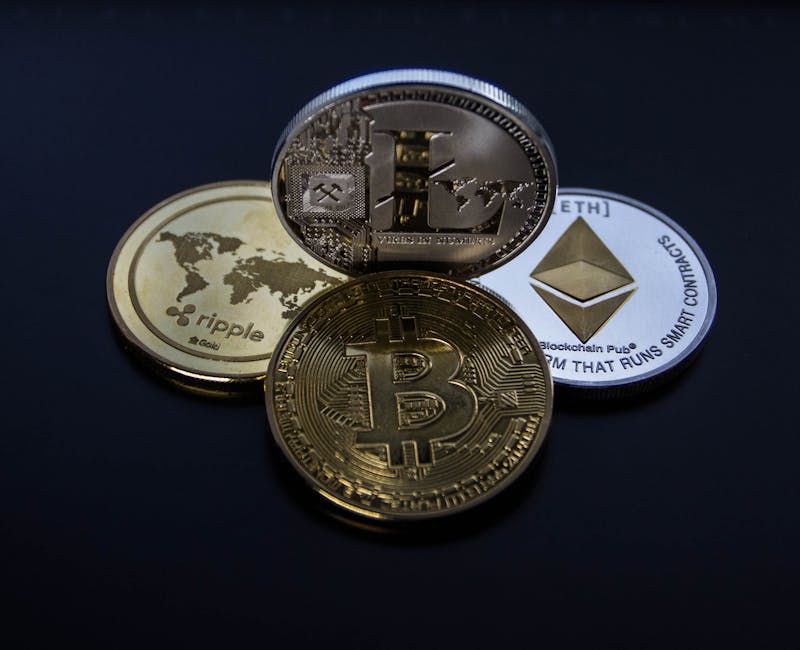
Before diving deeper, lets clarify what blockchain is. Imagine a digital ledger that records transactions across many computers. This ledger is secure, transparent, and almost impossible to alter. Each block of data contains a list of transactions, and all these blocks connect in a chainhence the name “blockchain.”
How Did Blockchain Start?
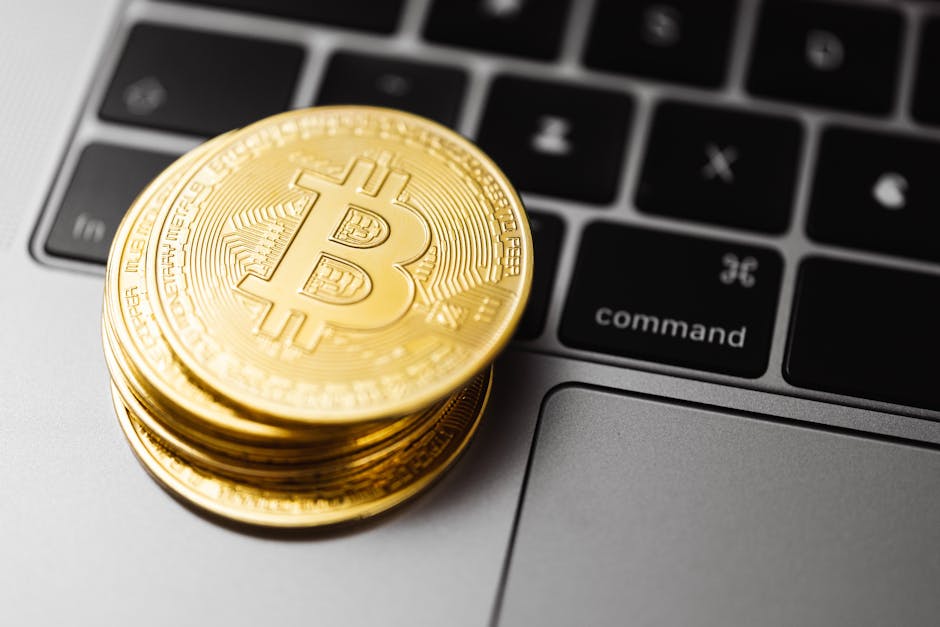
Blockchain originated with Bitcoin in 2009. A mysterious figure known as Satoshi Nakamoto introduced it. The goal was to create a decentralized currency that didnt rely on banks. This idea was revolutionary. It allowed people to send money directly to one another without a middleman.
In the early days, people mainly associated blockchain with cryptocurrency. Many thought it was just a tech trend. But it turned out to be so much more.
How Have Blockchain Applications Expanded?
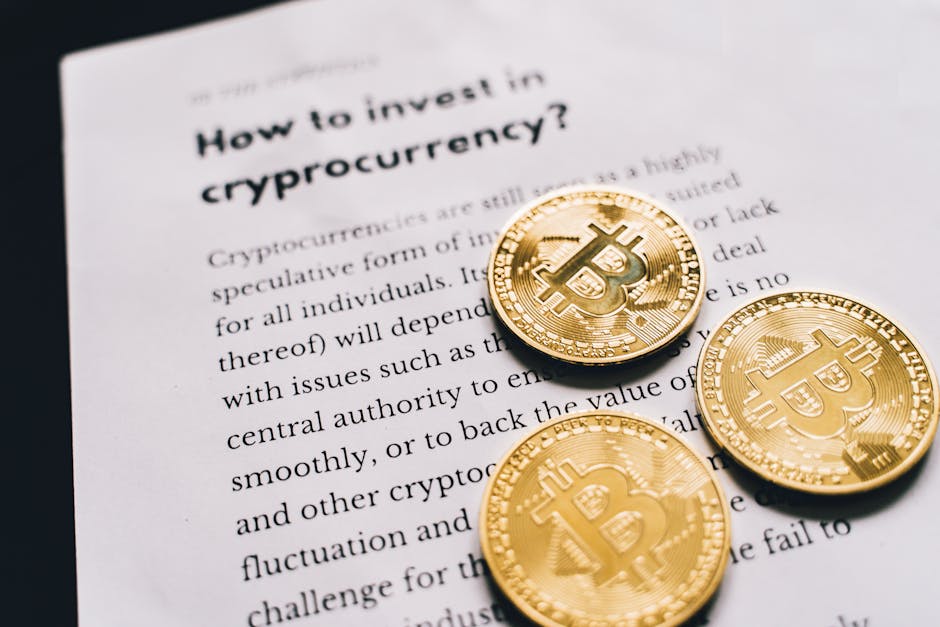
As the years went by, developers began to see blockchain’s potential beyond cryptocurrency. Heres how blockchain applications have evolved:
- Smart Contracts: These are self-executing contracts with the terms of the agreement directly written into code. Think of them as digital vending machines. You put in your money, and the machine delivers your snack automatically.
- Supply Chain Management: Companies now use blockchain to track products from the manufacturer to the consumer. This transparency helps reduce fraud and improves efficiency. Imagine tracking your online order from the warehouse to your doorstep in real-time.
- Healthcare: Blockchain can securely store patient records. This ensures privacy and allows easy access for doctors. it’s like having a digital health folder that you carry wherever you go.
- Voting Systems: Some countries are testing blockchain to secure elections. Voter fraud could be minimized, and results could be counted much faster.
As you can see, blockchains potential is vast, and it’s applications are numerous. But how does it work in these areas?
What Are Smart Contracts?
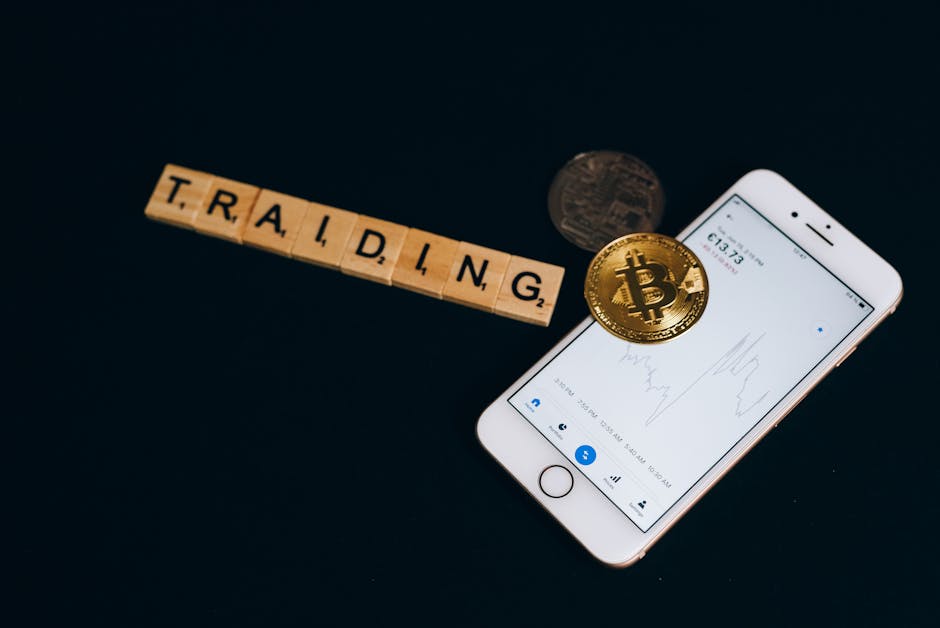
Smart contracts are a game-changer. They automatically execute agreements once conditions are met. This eliminates the need for intermediaries. For example, consider a rental agreement:
If a tenant pays their rent on time, the smart contract releases the digital key to the apartment. If they don’t, the contract prevents access. This not only saves time but also reduces the chance of disputes.
How is Blockchain Used in Supply Chain Management?
Supply chains are complex networks. They involve various parties, from producers to retailers. Blockchain simplifies this. With every transaction recorded on the blockchain, everyone can see the products journey.
This transparency helps in several ways:
- Reduces fraud by verifying authenticity.
- Improves efficiency by providing real-time updates.
- Enhances accountability, as all parties are aware of their roles.
For instance, if you buy organic coffee, you could trace it’s journey from the farm to your cup. This not only builds trust but also supports ethical sourcing.
How Does Blockchain Benefit Healthcare?
In healthcare, security and privacy are paramount. Blockchain addresses these concerns effectively. Patient records can be stored on a blockchain, accessible only to authorized personnel.
This brings several benefits:
- Improved security against data breaches.
- Streamlined access to patient history for doctors.
- Enhanced patient control over their own medical data.
Imagine visiting a new doctor. Instead of filling out endless forms, they can access your complete medical history instantly. This could lead to quicker diagnoses and better treatment options.
Can Blockchain Improve Voting Systems?
Voting is a critical part of democracy. However, traditional voting systems have their flaws. Blockchain offers a solution by providing a secure, transparent method for casting and counting votes.
Heres how it works:
- Voters can cast their votes online, securely.
- Each vote is recorded on the blockchain, making it tamper-proof.
- Results can be counted instantly, improving efficiency.
This could drastically reduce fraud and increase voter turnout. Imagine voting from home and knowing your vote counts securely.
What Are the Challenges Facing Blockchain?
Despite it’s potential, blockchain isn’t without challenges:
- Scalability: As more users join, the system can slow down. Finding a way to support millions of transactions without delays is crucial.
- Regulation: Governments are still figuring out how to regulate blockchain. Clear guidelines are needed to protect users while encouraging innovation.
- Energy Consumption: Some blockchain systems, like Bitcoin, use a lot of energy. Finding eco-friendly solutions is essential for sustainable growth.
Addressing these challenges can unlock even more possibilities for blockchain applications in the future.
What Does the Future Hold for Blockchain Applications?
The future looks bright for blockchain. Industries are continuously finding new ways to utilize this technology. Here are a few trends to watch:
- Decentralized Finance (DeFi): This movement aims to recreate traditional financial systems on the blockchain, providing more people access to loans and banking.
- Digital Identity: Blockchain can help manage identities securely, reducing fraud and making online transactions safer.
- Non-Fungible Tokens (NFTs): These unique digital assets are becoming popular in art and entertainment. They represent ownership of a specific item or piece of content.
As more people adopt blockchain, it’s applications will continue to grow. The potential is limitless.
How Can You Get Involved?
Curious about blockchain? Here are some ways to get involved:
- Stay Informed: Follow blockchain news and trends to keep updated.
- Join Communities: Participate in online forums or local meetups to learn from experts.
- Consider Courses: Numerous online platforms offer courses on blockchain and cryptocurrency.
Getting involved can open up new opportunities, whether you’re looking to invest, develop, or simply understand this technology better.
Conclusion: Embracing the Blockchain Revolution
The evolution of blockchain applications is just beginning. From securing votes to managing supply chains, the possibilities are endless. Understanding how blockchain works and it’s potential can empower you to embrace this technology.
As we look to the future, remember to stay curious. Explore, learn, and consider how you might use blockchain in your life or career. The blockchain revolution is here, and it’s time to take part.
For more in-depth information, check out this article on Forbes.
